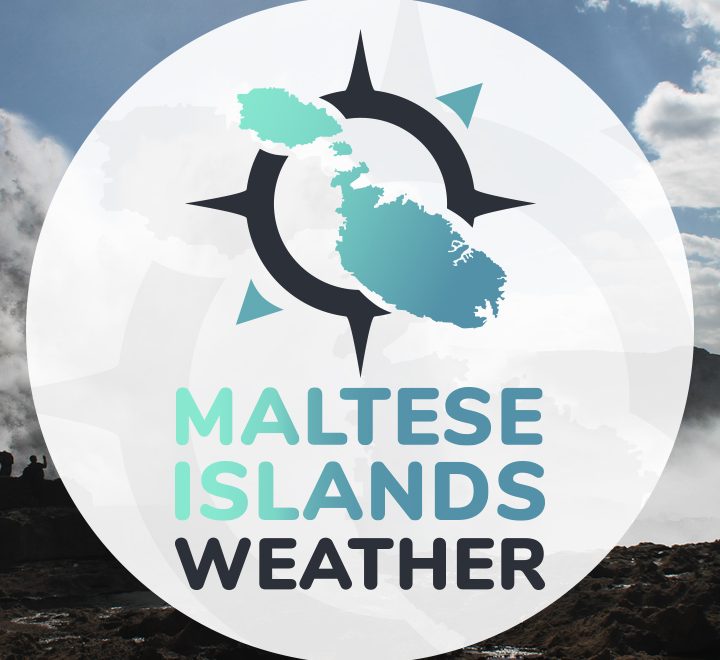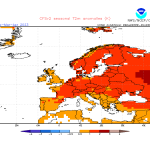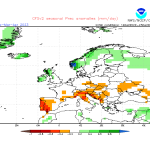
What is a typical January like according to climate statistics?
|
Mean Maximum Temperature |
Mean Minimum Temperature | Mean Temperature | Total Rainfall |
| 15.6°C | 9.8°C | 12.7°C |
94.1 mm |
What do long-term weather maps indicate for January 2023?
Overall, the precipitation situation in December 2022 turned out more dire than initially forecast. It became among the warmest and driest on record. The first half of January 2022 is likely to maintain the significantly warmer-than-average temperatures trend. The second half of the month could be more seasonal in terms of temperatures. The final week of January and the first week of February are typically the chilliest part of winter locally and a cold snap can never be ruled out, not even in the midst of a very mild winter. A prominent cold spell is not looking imminent at this point, however. Where precipitation is concerned, the outlook for January 2023 has turned into a drier than average one with the last model run. As things stand, we’re not expecting it to be as dry as December though, with at least a few showery episodes looking likely. January is known for its northwesterly gales. There should be a few windy days, but these too are likely to be less than what one would expect in a typical January.
What do long-term weather maps indicate for the longer-term?
FURTHER OUTLOOK (TEMPERATURE) FOR FEBERUARY 2023 – MARCH 2023 – APRIL 2023 Warmer than Average
FURTHER OUTLOOK (PRECIPITATION) FOR FEBRUARY 2023 – MARCH 2023 – APRIL 2023 Average*
* An ‘Average’ outlook means that maps are pointing towards normal storm system activity around the central Mediterranean. How autumn and winter fare in terms of actual precipitation amounts measured locally depends on whether the rain-producing systems that form around the Maltese Islands affect land or not.
- Long-term seasonal model for temperature for February 2023/March 2023/April 2023
- Long-term seasonal model for temperature for February 2023/March 2023/April 2023
Disclaimer: Specific details on the weather may only be given for a couple of days in advance. This long-term forecast is not meant to determine specific weather parameters at a point on the Maltese Islands. Instead, it looks at large scale weather patterns across Europe, and attempts to determine how these may influence the weather locally. Our levels of confidence in the forecast for the month ahead are fair. These are reasonably lower when it comes to the ‘Further Outlook’ section. Weather forecasts are an interpretation of possible weather events based on trends, maps and climate data at the time of the forecast, and as a result, weather predictions may always change over time. Maltese Islands Weather can never be held responsible for any direct, indirect, incidental, consequential, special or exemplary damages or even lost profit resulting from any use or misuse of this data. The user assumes the entire risk related to the use or misuse of this data.



